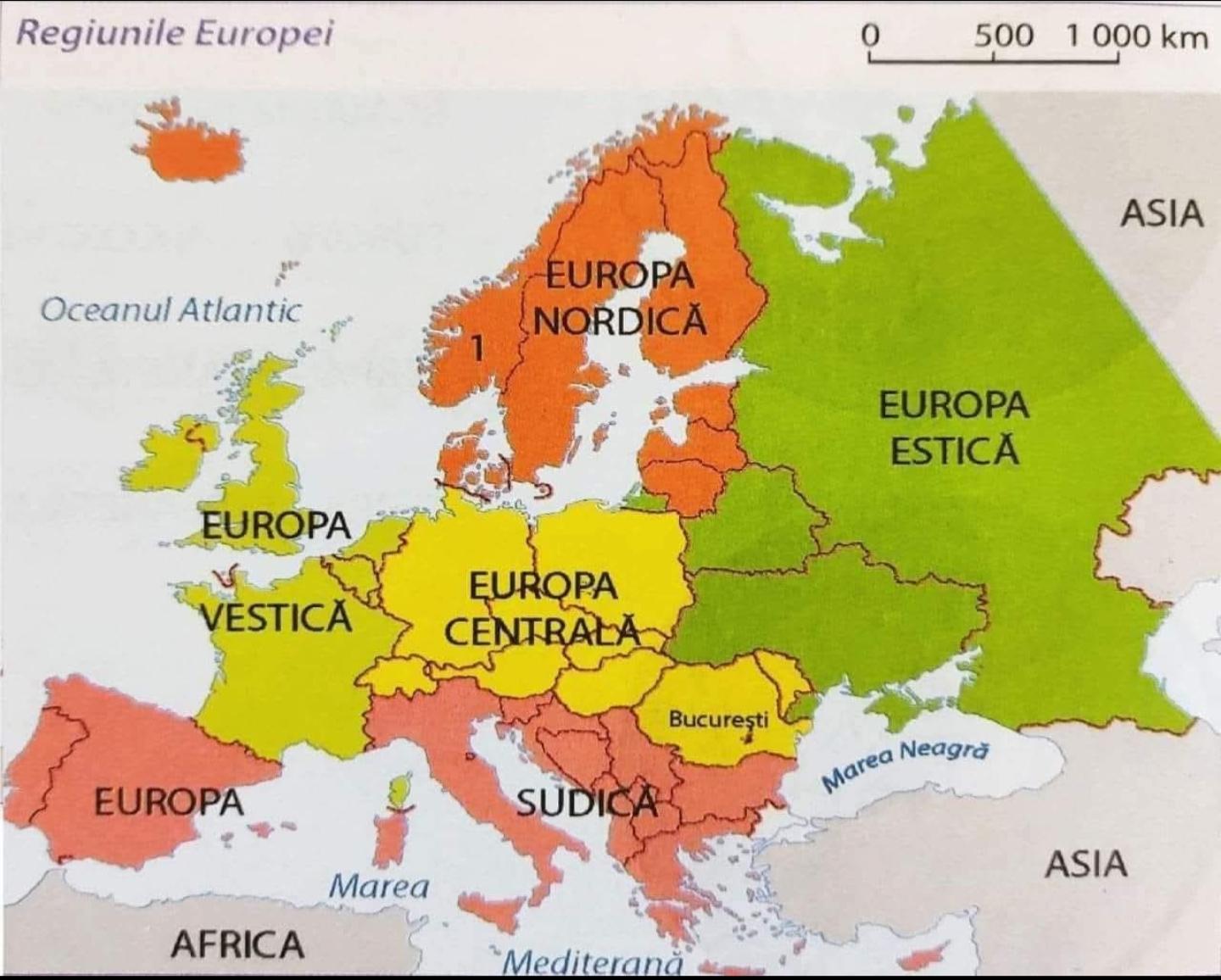Geological Map of Romania


David Chen
Data Visualization Specialist
David Chen is an expert in transforming complex geographic datasets into compelling visual narratives. He combines his background in computer science ...
Geographic Analysis
What This Map Shows
The 'Geological Map of Romania' provides a detailed representation of the country's geological formations, showcasing the diverse rock types, structures, and significant mineral resources found throughout the region. This map serves not only as a tool for geologists and environmental scientists but also as a vibrant illustration of Romania's geological history, which has shaped its landscapes and ecosystems over millions of years.
Deep Dive into Romania’s Geological Features
Romania's geology is characterized by a rich tapestry of rock formations that tell the story of the Earth’s evolution. The country is situated at the convergence of several tectonic plates, which has resulted in a complex geological framework. At its core, Romania is predominantly made up of the Carpathian Mountains and the Transylvanian Basin, each contributing uniquely to the country's geological diversity.
The Carpathian Mountains, often referred to as the backbone of Romania, stretch across the central part of the country and are primarily composed of sedimentary rocks, including limestone, sandstone, and shale. These mountains were formed during the Alpine orogeny, a period of mountain-building that occurred roughly 65 million years ago. Interestingly, the Carpathians are also home to significant mineral deposits, including copper, gold, and salt, which have been mined since ancient times.
In contrast, the Transylvanian Basin features a mix of volcanic and sedimentary rocks, which have resulted from ancient geological processes. The region is known for its rich fossil deposits, providing critical insights into the prehistoric life that once thrived in these areas. Fossilized remains of dinosaurs and various marine creatures have been uncovered, making it a significant site for paleontological research.
Romania's geological map also highlights the presence of the Danube River, one of Europe’s major rivers, which flows along the southern border of the country. The river has carved its path through various geological formations, illustrating the erosional processes at play. The alluvial deposits along the riverbanks are vital for agriculture, contributing to the fertile plains found in the southern regions of Romania.
Additionally, the country is rich in geothermal resources, particularly in the region of Oltenia, where hot springs and geothermal energy potential are abundant. This aspect of Romania’s geology not only enhances the local economy but also contributes to sustainable energy solutions.
Regional Analysis
Breaking down Romania’s geological features by region reveals fascinating contrasts. The northern regions, particularly Maramureș, are characterized by the presence of ancient volcanic rocks and stunning mountain landscapes. The area is noted for its unique mineral wealth, including deposits of iron and manganese.
Moving south to Transylvania, we see a shift to sedimentary formations, where the fossil-rich layers of the Transylvanian Basin provide a stark contrast to the mineral-rich Carpathians. Here, the geological map highlights numerous quarries and mining operations that exploit the abundant limestone and clay deposits, which are essential for construction and manufacturing industries.
In the southeast, the Dobrogea region presents a different story with its unique geological formations, including cliffs and plateaus composed of limestone and chalk. This area's geology not only supports diverse ecosystems but also attracts tourism, with visitors drawn to its natural beauty and historical significance.
Significance and Impact
Understanding the geological makeup of Romania is crucial for several reasons. Firstly, it informs resource management and environmental protection strategies. The country's rich mineral resources have been a cornerstone of its economy, yet they must be extracted sustainably to preserve the delicate balance of ecosystems.
Moreover, the insights gained from the geological map are instrumental in assessing natural hazards such as earthquakes, which are a possibility in the Carpathian region due to tectonic activity. By studying geological formations and patterns, scientists can better predict and mitigate the impacts of such events, ultimately protecting communities and infrastructure.
Looking towards the future, the role of geology in Romania's development is likely to expand, especially with the increasing emphasis on sustainable energy sources. The potential for geothermal energy production is a promising area for exploration, aligning with global trends towards renewable energy use. As Romania continues to grow economically, the knowledge derived from its geological resources will play a pivotal role in shaping sustainable practices that benefit both the environment and society.
In conclusion, the 'Geological Map of Romania' is more than just a representation of rocks and minerals; it is a gateway to understanding the profound relationship between the land and its people. Ever wondered how geology affects your daily life? From the buildings we inhabit to the resources we rely on, the geological story of Romania is woven into the very fabric of its existence.
Visualization Details
- Published
- August 13, 2025
- Views
- 110
Comments
Loading comments...